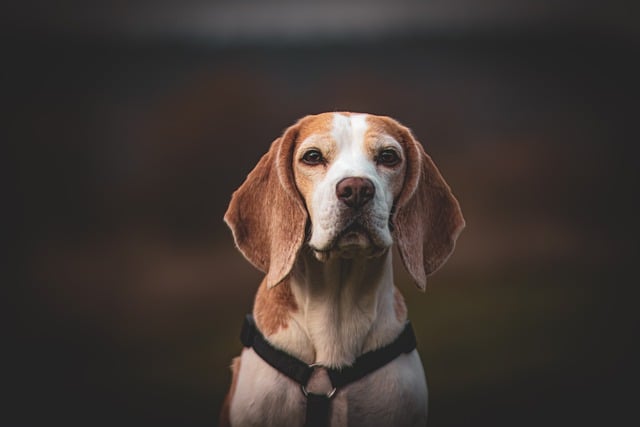
How do i train my dog to be obedient?
Watching your dog dart across the park ignoring your calls isn’t just frustrating—it can put them at risk near busy streets or public spaces.
Welcoming a beagle puppy into your home is a joy filled with wagging tails and slobbery kisses, but those sharp little teeth can turn playtime into a challenge. Puppy biting is a natural part of their development as they explore the world with their mouths, but teaching them gentle behavior early sets the stage for happy, safe interactions. Let's dive into practical, compassionate strategies that honor your puppy's instincts while guiding them toward better habits.
First, understand why your beagle puppy bites. Between 3 and 8 months, teething makes their gums sore, and they chew to find relief. Play biting is also how they communicate and bond with littermates. When you yelp or pull back sharply during a bite, mimic the way a littermate would react to signal discomfort. This teaches them that biting hurts, but stay consistent—every inconsistent reaction confuses your pup.
Positive reinforcement is key in any training journey. Keep tasty, small treats handy for when your puppy chooses to nibble gently or stops biting on command. Say "gentle" in a soft, encouraging voice when they start to mouth, and reward immediately when they listen. Over time, they'll associate gentle behavior with praise and treats, making them eager to please. Remember, beagles are food-motivated, so use this trait to your advantage in a kind, constructive way.
 Create safe chewing alternatives to redirect those puppy teeth. Offer durable rubber toys, frozen teething rings, or puzzle feeders stuffed with peanut butter (ensure it's xylitol-free, as this sweetener is toxic to dogs). When you feel those teeth on your skin, calmly replace your hand with a toy and say "chew this." Be patient—redirecting takes time, but it shows your puppy what's acceptable to bite instead of your fingers or furniture.
Create safe chewing alternatives to redirect those puppy teeth. Offer durable rubber toys, frozen teething rings, or puzzle feeders stuffed with peanut butter (ensure it's xylitol-free, as this sweetener is toxic to dogs). When you feel those teeth on your skin, calmly replace your hand with a toy and say "chew this." Be patient—redirecting takes time, but it shows your puppy what's acceptable to bite instead of your fingers or furniture.
Supervision is non-negotiable during this phase. Use a baby gate or playpen to keep your puppy in a safe area when you can't watch them closely. Puppies don't understand boundaries when they're excited, and leaving them unsupervised can lead to bad habits. When interacting with kids, teach them to keep hands flat and avoid dangling fingers, as beagles might see quick movements as play triggers. A calm environment helps everyone stay safe and builds trust.
Address the root of the behavior by ensuring your puppy gets enough physical and mental exercise. A tired beagle is less likely to bite out of boredom or pent-up energy. Daily walks, interactive play sessions, and training games tire their bodies and minds. Beagles are scent hounds, so hiding treats around the house for them to find engages their natural instincts and satisfies their need to explore—all while keeping those teeth busy in positive ways.
As you navigate this training journey, remember that consistency and kindness are your best tools. Celebrate small victories, like the first time your puppy stops biting when you ask, and stay patient through setbacks. Puppyhood is fleeting, and with gentle guidance, your beagle will grow into a well-mannered companion. Trust the process, enjoy the journey, and cherish the bond you're building—every chew is a step toward understanding each other better.

Watching your dog dart across the park ignoring your calls isn’t just frustrating—it can put them at risk near busy streets or public spaces.

New puppy owners often find themselves rushing to clean up accidents before they set in, and that’s where puppy pad training becomes a game-changer.

If you've noticed your dog's waistline disappearing and your veterinarian has mentioned those few extra pounds, your first instinct might be to simply reduce the amount of food in their bowl.

Training a dog to use a designated spot indoors isn’t as daunting as many new owners fear, but it does take consistency and an understanding of your pet’s needs.

That moment of dread on a walk is all too familiar for many new dog owners. You see another dog approaching down the sidewalk of your neighborhood

If the sight of another dog on your neighborhood walk makes your heart sink as your own dog erupts into a frenzy of barking and lunging, you're not alone.